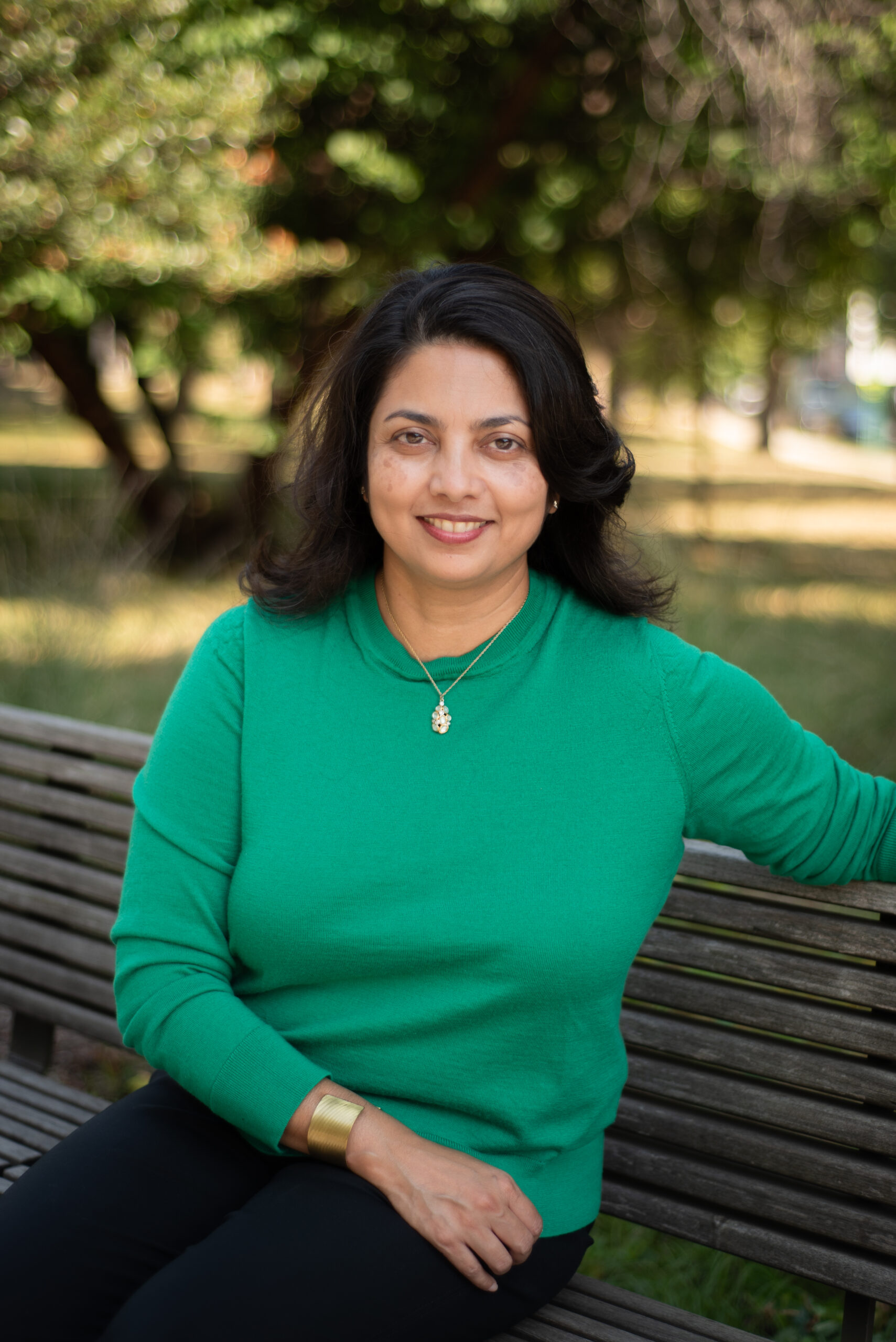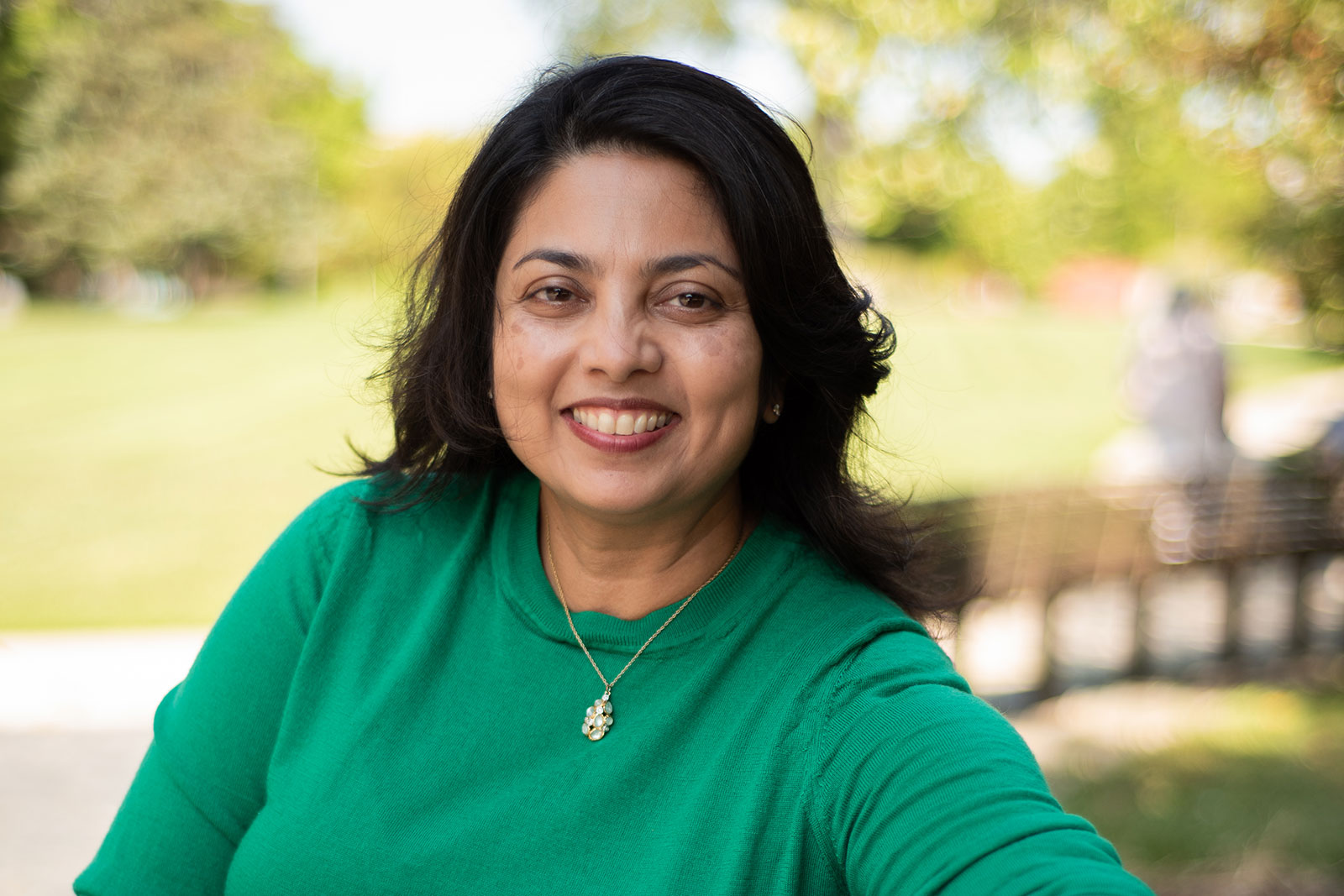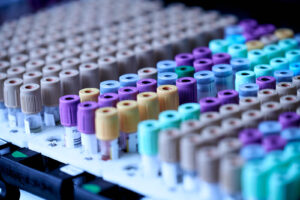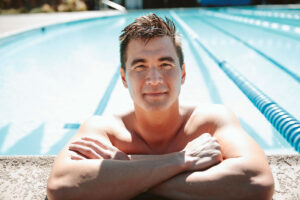In a world where profits are often prioritized over patients, Dr. Nita Lee works to do just the opposite. As an oncological OB-GYN at the University of Chicago, Lee approaches her medical practice with profound levels of empathy, finding the holes in the system that prevent patients from receiving the best care possible. As the COVID-19 pandemic has shown to millions of people across the country, the social, economic and racial disparities among the general population have made the difference between surviving and thriving or succumbing to illness. Now, through the work of the University as well as her own in-office initiatives, Lee hopes to take the lessons and protocols she has learned and bring them into the general cancer world.
As an OB-GYN oncologist, Lee treats women who are diagnosed with ovarian, uterus, cervical and other gynecological cancers. Her work is a combination of surgery and chemotherapy or other medical treatments. But Lee does not consider herself or her clinic to have stunted relationships with her patients. Lee approaches her medical work from a holistic standpoint, meaning she sees a broad range of patients – not just those seeking a diagnosis or active treatment – and follows through with their cancer experience into sustained survivorship.
But like many other physicians across the country, Lee had to pivot the scope of her work as the COVID-19 pandemic began to ravage the country. Surprisingly, the pandemic provided a number of opportunities for Lee and her clinic to connect with patients who might have been more inaccessible in the before times.
“I think that we really had to take each individual patient and really look through what it is that they needed or didn’t need or could be delayed or couldn’t be delayed,” she says. Lee says she created giant Excel spreadsheets of every single one of her patients so her staff could be detailed about their previous forms of treatment and determine what would be the most appropriate next steps.
“The level of detail we ended up putting in with each decision we made determined if they could wait a month or get labs at home, so it was very personalized and it was always, obviously, different for patients who were in chemotherapy and newly diagnosed versus patients who were in a surveillance pattern,” she recalls. Triaging this and personalizing their work made all the difference. As doctors, by utilizing every resource available, Lee’s team was able to connect with patients on a more comprehensive level.
Some of their work was simple, such as conducting telehealth appointments through video or phone calls. But for patients that were on active treatment, Lee’s team became much more creative to, for example, keep patients from having to take another trip to the hospital to do labs. “I can send lab work to their homes,” Lee begins. “Someone can come to their house, draw their blood and the blood work is actually in the computer system by the end of the day, which is really quite amazing. And that really prevents one extra visit of somebody having to park and come up to the elevator and interact.“
I think we’ve sort of adjusted so much in some ways that we often forget what a drastic change this was to our patients who are in treatment or even after treatment.
Although these new initiatives provide opportunities for already-weak patients to stay at home rather than put themselves at risk of exposure to the COVID-19 virus, they also highlight other problems that make accessing health care and resources difficult.

“I think that this is something that we knew would come about, but I think seeing it can be very important to see,” Lee says. “I think as providers, we’ve been very excited about being able to do telehealth and offer a referral to some of our cancer advocacy organizations who may have switched to programming like an online Zoom class or yoga, even psychiatry support or psychology support. But I think we see the stark difference in who our patients may be able to access because they have access to decent Wi-Fi or some type of smartphone or tablet or computer at home.“
Telehealth is great if you have the tools to access it. But if you do not, which some people don’t, its benefits are useless and you will still need to risk exposure to come into the hospital for treatments, labs or other appointments. Additionally, even when some patients have access to these forms of technology, they may not know how to use it or they feel intimidated by using some of the popular programs. This digital divide, as Lee says, is where other physicians and oncologists must focus their energy in the future. “I think it’s really important for patients so we don’t see this continued gap between who gets a lot of great support when they are going through cancer and who doesn’t get a lot of great support when they are going through cancer,” she says.
To address some of these issues, Lee’s team has created instructional guides to teach people how to use the tools that they have but may not have utilized in the past. When feasible, they have been able to give tools to people as well. Additionally, Lee’s team and the University has pivoted some of their programming to virtual events. People can join by video or just call in if that is easier and talk to their doctors as well as talk to experts in the field about their particular type of cancer. The key, she says, is continuing to personalize the treatments for each individual patient so their needs are routinely addressed and they do not continue to fall through the cracks.
“I will say that I think we’ve sort of adjusted so much in some ways that we often forget what a drastic change this was to our patients who are in treatment or even after treatment,” she says. “We’ve had patients with both extremes I think really personalizing it, and thinking of your own cancer team in terms of how they can support all those different aspects someone needs, like nutrition and physical activity and access to technology—all of those kinds of things are really important right now.”







